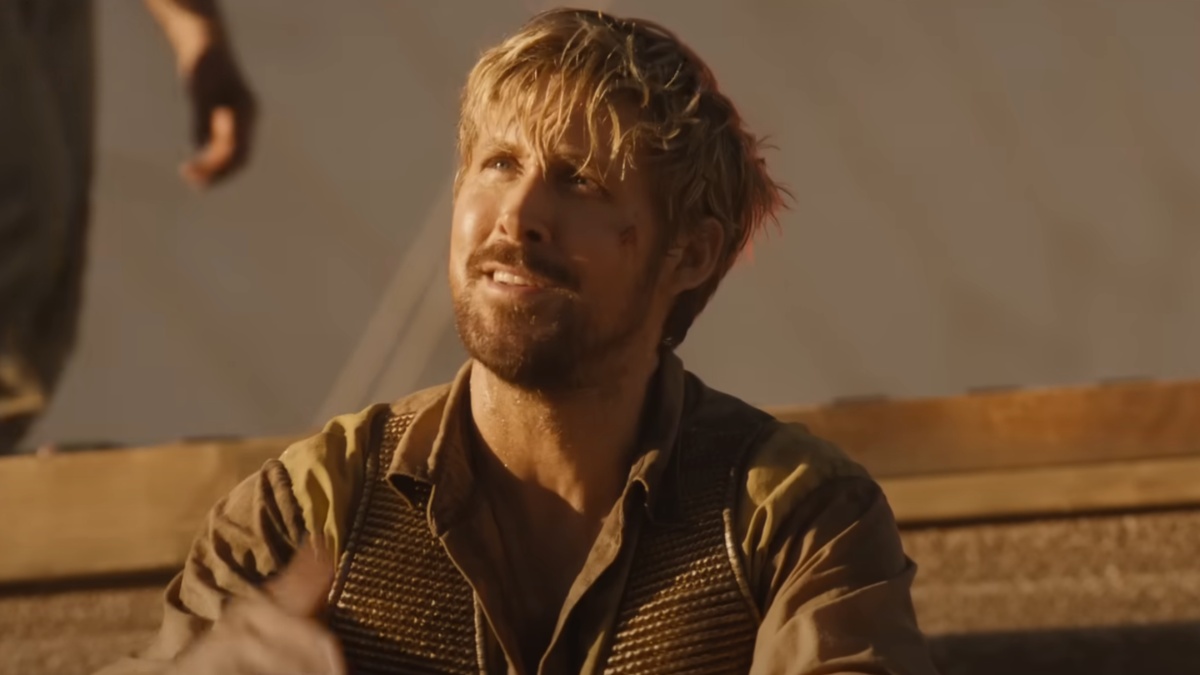Since EverQuest I’ve marveled at the inaccurate popular image of gamers as loners. Anyone who’d spent 10 minutes in the East Commonlands tunnel, a common trading hub, would know gamers are just as social as anyone else. Where some people have beauty salons or bars, though, gamers have virtual worlds. IRC, instant messaging and message boards are all something most internet users can understand, but there’s nothing quite like hanging around in-game to gain a true appreciation for the human need for interaction.
Massively multiplayer online games are built almost entirely on satisfying the need for human contact. I’ve always found fascinating the number of people who enjoy being in-game but not actively achieving anything. The roleplayers who frequent World of Warcraft’s Goldshire, the teeming hordes who dance for coin in Guild Wars Lion’s Arch, the costume contest mavens surrounding Miss Liberty in City of Heroes; none of them are participating in activities that advance their characters. Just the same, they’re enjoying themselves just as much as any power-gamer. They’re just playing a different game.
What they play is harder than the power-gamers’ endgame. After the fifth run through even the hardest dungeon crawl, it’s pretty much rote. For social players, everything is new. Additionally, the verbal and physical queues people use to establish relationships are completely missing in the online space; you just can’t make eye contact across a crowded bar. That’s probably why the most active social gamers are roleplayers; the elaborate farce of playing a character in a fantasy game acts as a conversation piece.
What’s fascinating about the social game is it requires very specific spaces. The tunnel in the East Commonlands happened to be a convenient place for all players to get to, but why did that place gain a reputation above all others? Why do roleplayers in WoW gather in Goldshire rather than in one of Stormwind’s less populated districts? It has to do with a sense of place, that intangible something that sets certain areas apart from the humdrum banality of your average patch of virtual dirt.
Game developers certainly recognize players’ desire to gather in certain areas. What I’d like to see in future games (both online and off) is a recognition of this behavior by the game world itself. WoW‘s Ironforge is perfect example: Wouldn’t it make sense for more vendors to set up shop on that square, given the number of players who congregate there?
Players that really spend a lot of in an area might gain verbal recognition from NPCs, their character names added to a certain chat script. Single-player games could take things even further. While NPC dialog trees often change to reflect actions a character has taken, perhaps spending time at a particular in-game place (a bar playing mini-games, perhaps) could be reflected by changes in the environments. Maybe a bar owner would put up pictures of the player once he becomes a regular, or name a drink after him.
This interaction of player and place is a deep one, and well worth exploring. There’s probably an alternate reality game in the making here. After all, how many people need an excuse to go somewhere and just hang out?



Published: Aug 14, 2007 09:04 pm